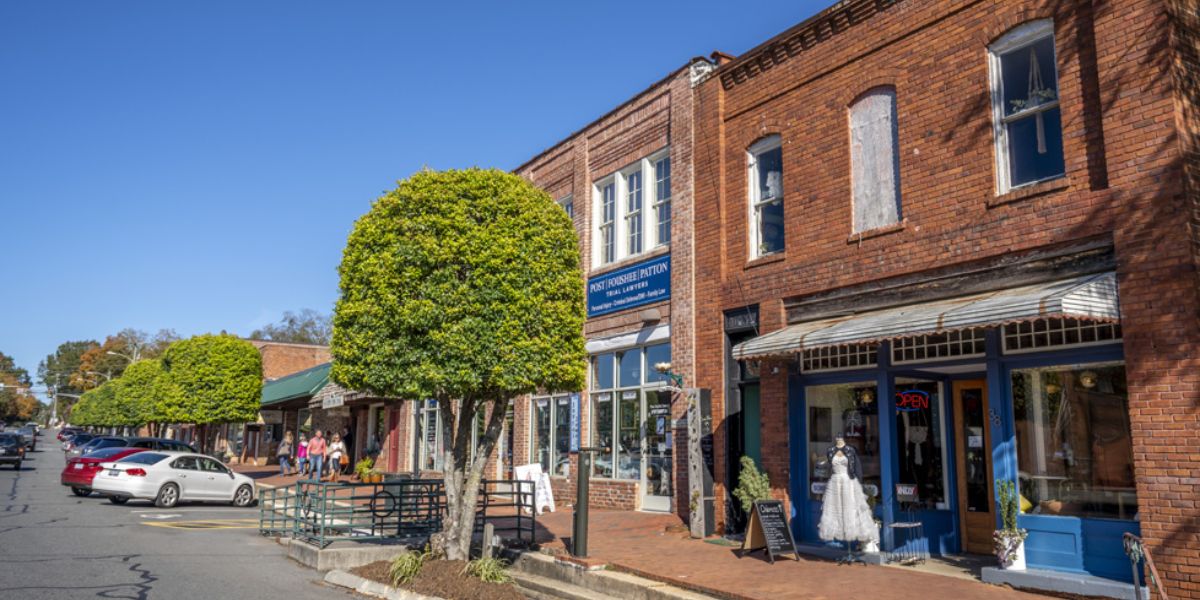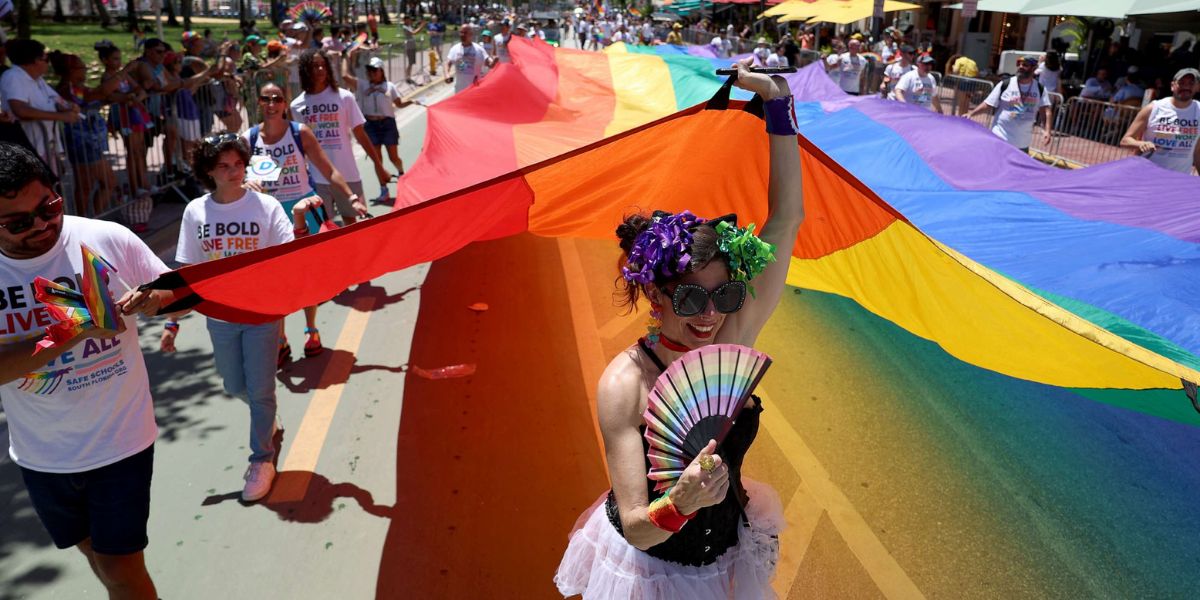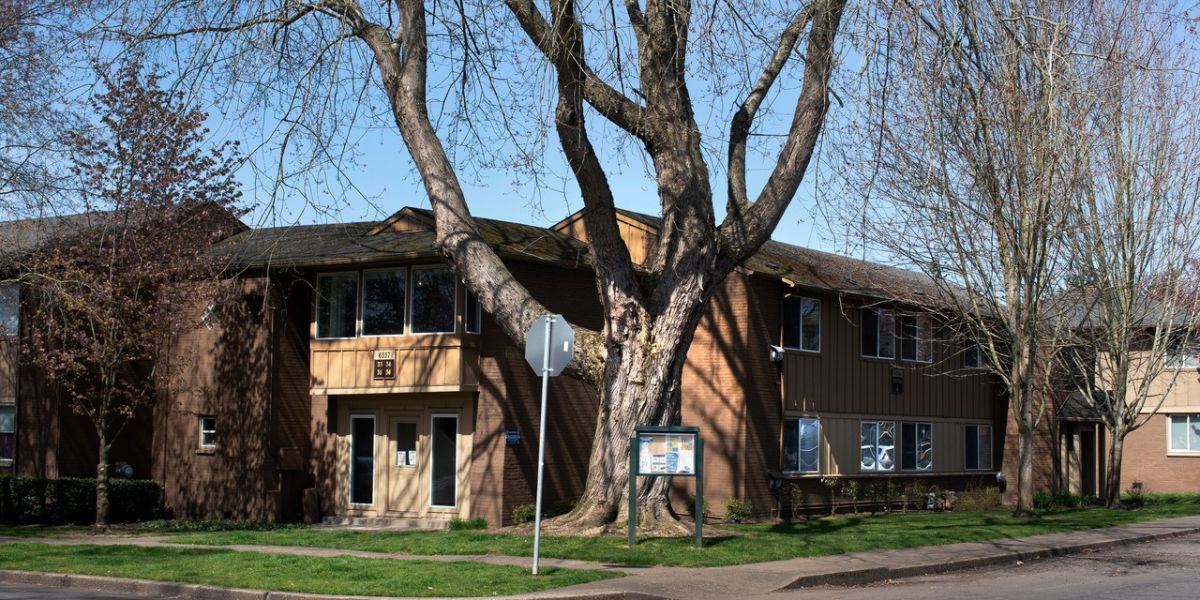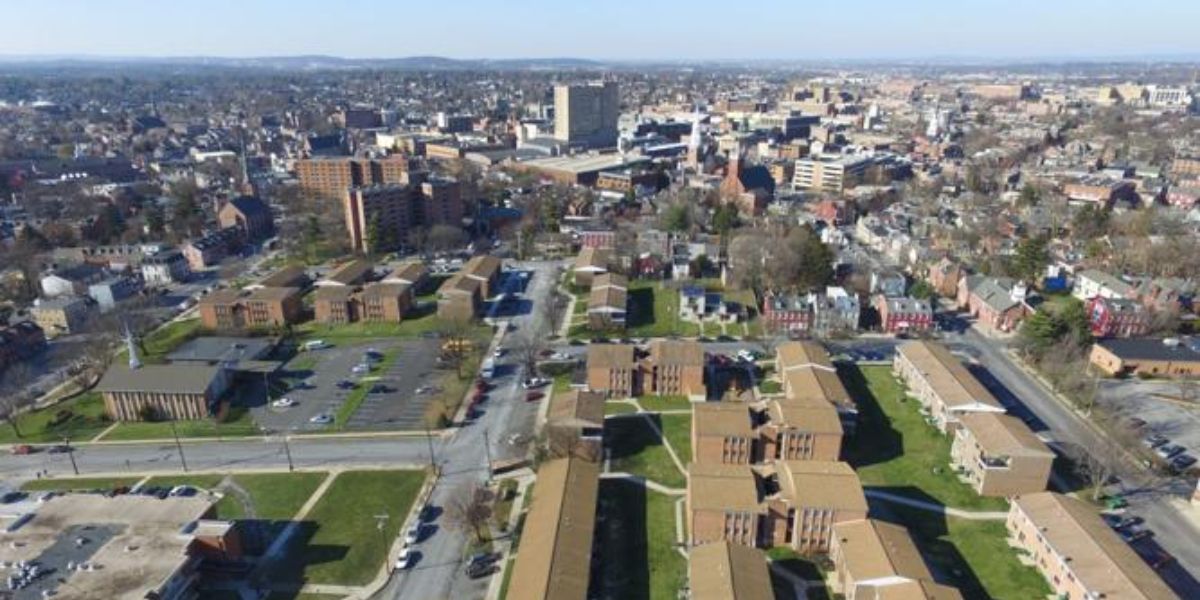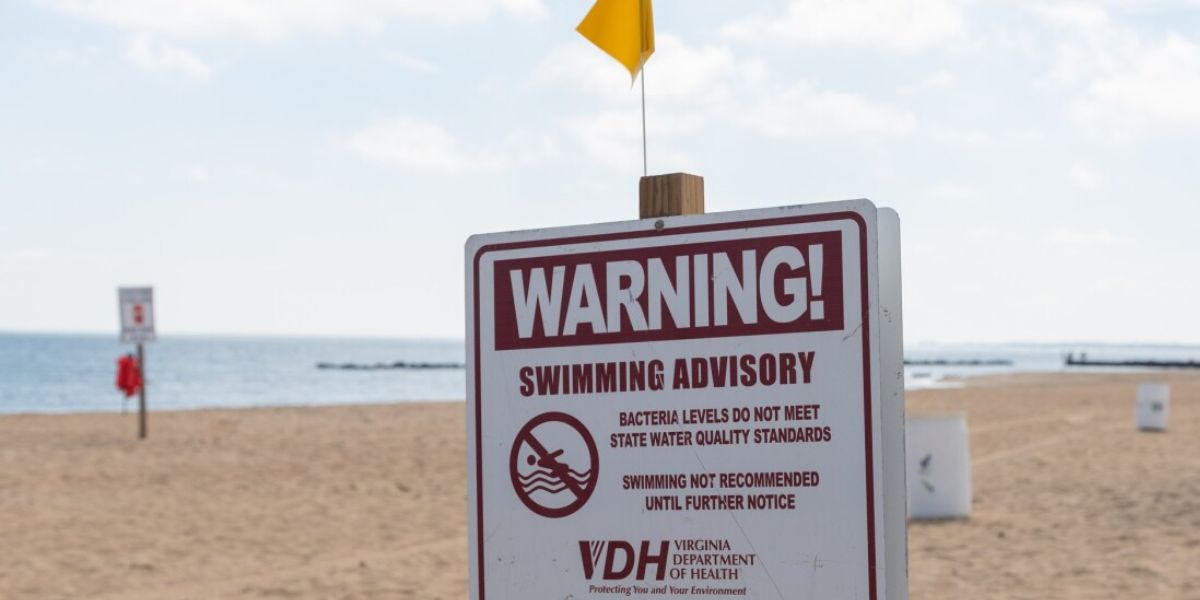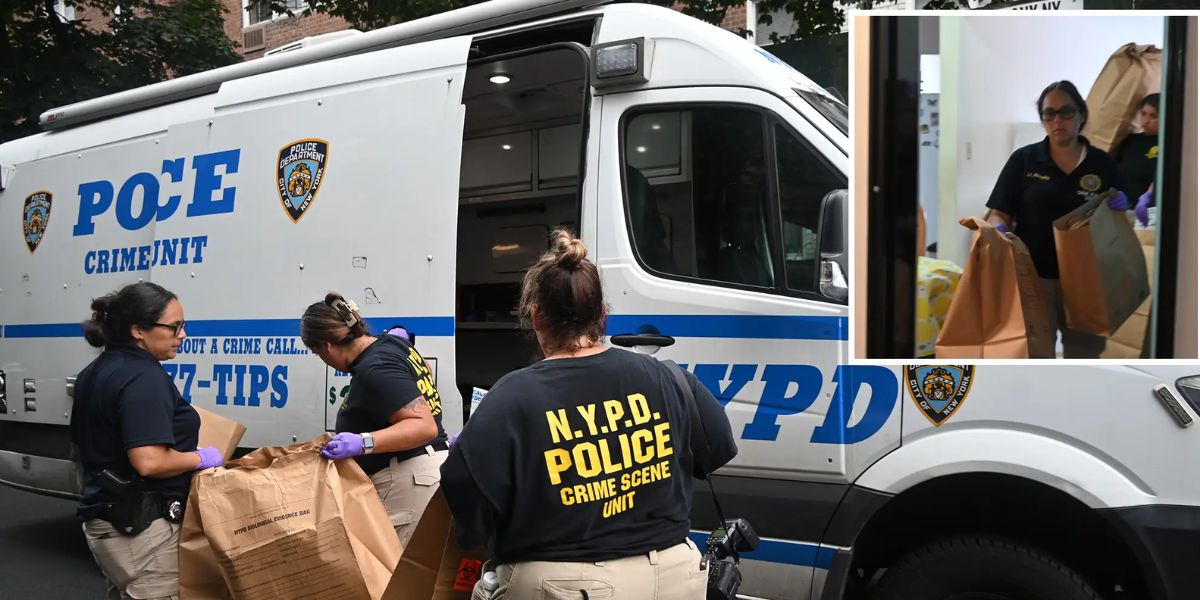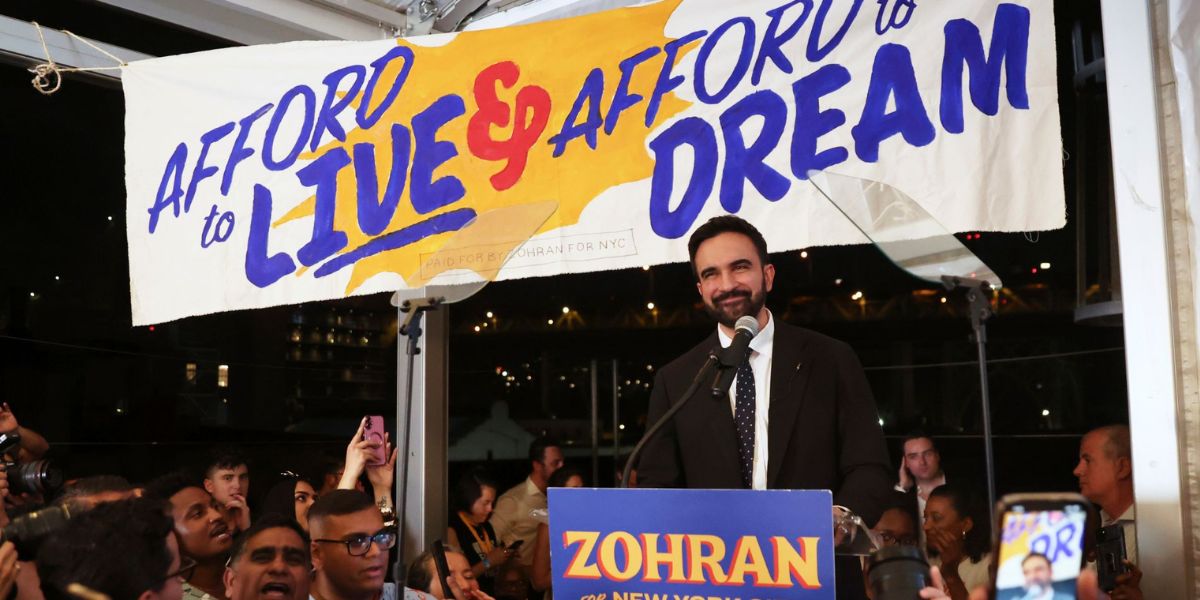Chatham County, situated in the southeastern part of Georgia, shares its borders with Bryan, Effingham, and Liberty counties.
It’s an integral part of the bustling Savannah metropolitan area and is home to approximately 301,000 residents, as per the 2020 census.
The county seat and largest city is the historic Savannah, Georgia’s oldest city and a prominent tourist attraction. Interestingly, the county derives its name from William Pitt, 1st Earl of Chatham, a British statesman who lent his support to the American Revolution.
1. Carver Village:
- Located in western Savannah, close to Cloverdale and Tremont Park, Carver Village is an urban neighborhood characterized by a predominantly Black population, with some White and Hispanic residents.
- The neighborhood’s median household income stands at $20,000, a staggering 65% below the county median and 74% below the national median.
- Carver Village grapples with a poverty rate of 45%, more than three times higher than both the county and national rates.
- Unemployment affects 16% of the population, over twice the county and national averages.
- Only 69% of adults have completed high school or higher education.
2. Hudson Hill/Bayview:
- Situated in western Savannah, neighboring West Savannah and Garden City, Hudson Hill/Bayview also features a predominantly Black population alongside some White and Hispanic residents.
- With a median household income of $24,000, it stands 58% below the county median and 69% below the national median.
- Poverty afflicts 38% of the residents, more than two-and-a-half times higher than both the county and national rates.
- Unemployment is at 14%, more than twice the county and national averages.
- Educational attainment rates show that 74% of adults have completed high school or higher education.
3. Tatemville:
- Located in southern Savannah, in proximity to Windsor Forest and White Bluff, Tatemville is another urban neighborhood with a predominantly Black population, alongside White and Hispanic residents.
- The neighborhood’s median household income is $25,000, 57% below the county median and 68% below the national median.
- Tatemville contends with a poverty rate of 37%, more than two-and-a-half times higher than both the county and national rates.
- Unemployment affects 13% of the population, over twice the county and national averages.
- About 77% of adults have completed high school or higher education.
4. Feiler Park/Hussars Terrace/Dittmerville:
- This neighborhood, located in southwestern Savannah near Cuyler/Brownville and Cann Park, shares characteristics with its counterparts, featuring a predominantly Black population alongside some White and Hispanic residents.
- The median household income here is $26,000, marking a 55% shortfall compared to the county median and a 67% deficit compared to the national median.
- Poverty levels are at 36%, more than two-and-a-half times higher than both the county and national rates.
- Unemployment is at 12%, higher than both the county and national averages.
- A relatively higher educational attainment rate is recorded, with 78% of adults having completed high school or higher education.
5. Cann Park:
- Located in southwestern Savannah, close to Feiler Park/Hussars Terrace/Dittmerville and Cuyler/Brownville, Cann Park mirrors the demographic trends of other neighborhoods, featuring a predominantly Black population alongside White and Hispanic residents.
- The median household income stands at $27,000, indicating a 53% shortfall compared to the county median and a 66% shortfall compared to the national median.
- A poverty rate of 35% persists, more than two-and-a-half times higher than both the county and national rates.
- Unemployment affects 11% of the population, surpassing both county and national averages.
- Educational attainment rates are relatively higher, with 79% of adults having completed high school or higher education.
Conclusion:
Chatham County, Georgia, is an essential part of the Savannah metropolitan area, characterized by its multicultural and diverse population.
However, it grapples with notable disparities in income, poverty, unemployment, and education levels among its neighborhoods. Carver Village, Hudson Hill/Bayview, Tatemville, Feiler Park/Hussars Terrace/Dittmerville, and Cann Park stand out as some of the most economically challenged areas within the county.

